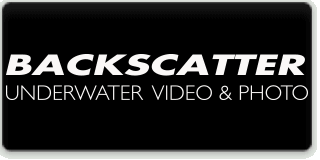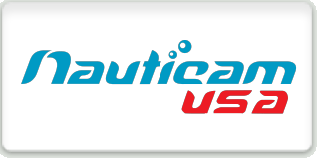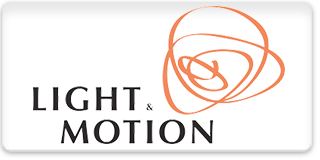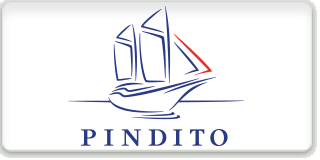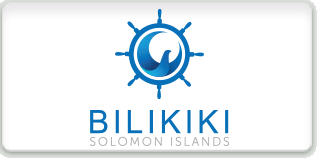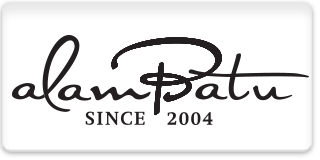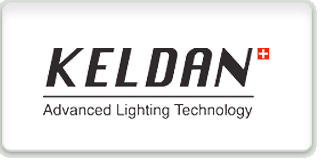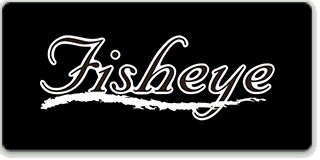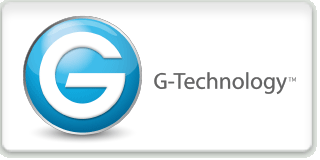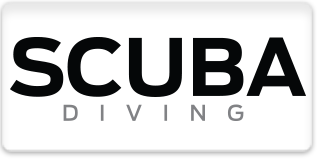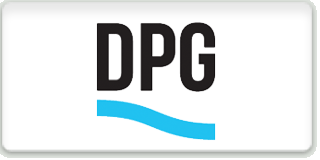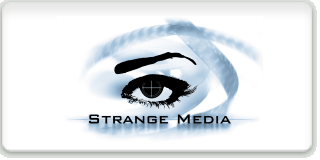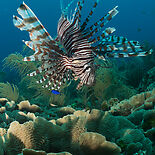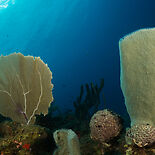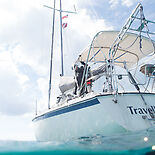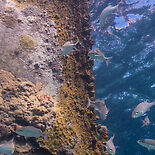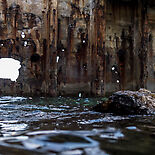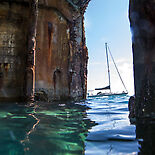GEAR TESTS: CANON G7X
 |
ROB DUNCAN SALES 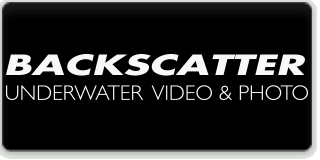 |
A big camera in a small package, that is the first thing that comes to mind when I think of the Canon G7X compact camera. The camera is very small, very similar in size to the Canon S series cameras (about the size of a pack of cigarettes if you can remember what they looked like). But don't let the small stature fool you. This camera packs a punch with its big 1" sensor. This allows you to push the ISO envelope much further than you could with any of the previous G or S series cameras.
To me, the best thing about shooting a compact camera is its size. Even when in the Nauticam NA-G7X housing, this rig is small. And of course with this small housing, you have access to all the controls of the camera, and they are all at your finger/thumb tips. This is the first Nauticam compact housing to feature interchangeable front lens ports. The housing is shipped with a standard flat port that does allow full zoom through and has 67mm threads to allow accessory lens options. There is also a short flat port and a small 3.5" acrylic dome port available as well. Nauticam has also included their electronics for a leak alarm and vacuum system as a standard feature. Just add the vacuum valve and pump, and you will have piece of mind that your camera is safe from those pesky floods we all hear about.
There are two options for wide angle with the Nauticam housing. The 3.5" dome port is a relatively inexpensive, lightweight, wide-angle option that allows you to have full zoom through the 24-100mm lens. In water, it brings the field of view back to the 24mm equivalent so you can capture those great wide-angle scenes. But you can zoom all the way in to capture nice fish portraits or even some smaller macro critters. The second option for wide angle is using the short flat port and threading a wet-mate wide-angle conversion lens to it. I used the Inon UWL-H100 with the optional dome attached to it. This is going to be the widest possible option for this camera. The H100 on its own gives about 100 degrees of view. With the dome you get about 145 degrees, which is a fantastic fisheye option. This is a pricy lens setup, but if you are wanting the maximum angle of coverage, this is the choice for you. Is macro your thing? Both the standard flat port and the short port have 67mm threads allowing any M67 macro lens like the Nauticam Compact Macro Converter (CMC) to be easily mounted to the outside of the housing.
So you're a still shooter? With 20 mega pixels on the 1" sensor, you can capture amazing images with the G7X, that have virtually no limit as to the size you can blow them up to. The control layout makes it very easy for you manual shooters to adjust aperture, shutter speed, and ISO on the fly. Video shooting is just as easy. Manual white balance is easy to perform, even at fairly deep depths. 60p in full HD is also a great feature of the G7X.
If I had to pick on the G7X for anything, it would be what anybody else would complain about with any compact camera, shutter lag. Even though it has a pretty fast shutter response, there is lag. And coming from an SLR or mirror-less camera, that can be excruciating. For a compact camera, the ISO performance is great, but you still have limitations, and pushing much further than ISO 400 will start to get pretty grainy, but still better than most of the competition in this category. The 24mm lens is something to get use to. With a wide lens like the Inon H100, you will need to zoom into 28mm to avoid a vignette. If you aren't paying close attention, this is easy to over look and when you go to download images, you will have a lot of cropping to do.
The Canon G7X has quickly become my favorite compact camera. From its pocket sized form factor, to its great 1" sensor performance and control layout, it is a hard one to beat. There are other housing options from Recsea (aluminum or plastic), Ikelite, and Fantasea as well as the Nauticam housing that I used. If you want a big camera in a small package, the Canon G7X would be my recommendation.
 |
Chris Parsons Nauticam Team Member  |
The G7X is a fun camera, and my choice for a compact to take underwater. I didn't get to shoot it at the Shootout (it was out for demo most of the time...) But I just wrote up a story on Nauticam USA's Web site about shooting it in Bimini. Here is an excerpt from that:
So this past weekend, we sailed over to Bimini, and I brought along the much smaller Canon G7X in the Nauticam NA-G7X housing. I set it up with the small dome port, which I think is a great option for all around shooting with this camera. It allows both nice wide angle (restores the 24mm equivalent in-air field of view) and fish portrait and smaller on the macro side. It's a great setup that let's you do a lot without adding heavy add-on lenses.
The camera and housing were great, and we had a lot of fun with it. It's a very capable little camera that supports full manual plus raw capture, and the images looked great even without lighting. The only real weakness of this camera is the battery life - I definitely recommend picking up a couple of spare batteries to have on hand.
One thing about this camera that doesn't get nearly enough attention is the white balance feature. The G7X allows you to set up "one touch white balance", meaning you simply point the camera at something white or gray, and press the button. Voila, instant custom white balance. Canon cameras typically are the best at u/w white balance, and it is a real treat to be able to do it with a single button push.

